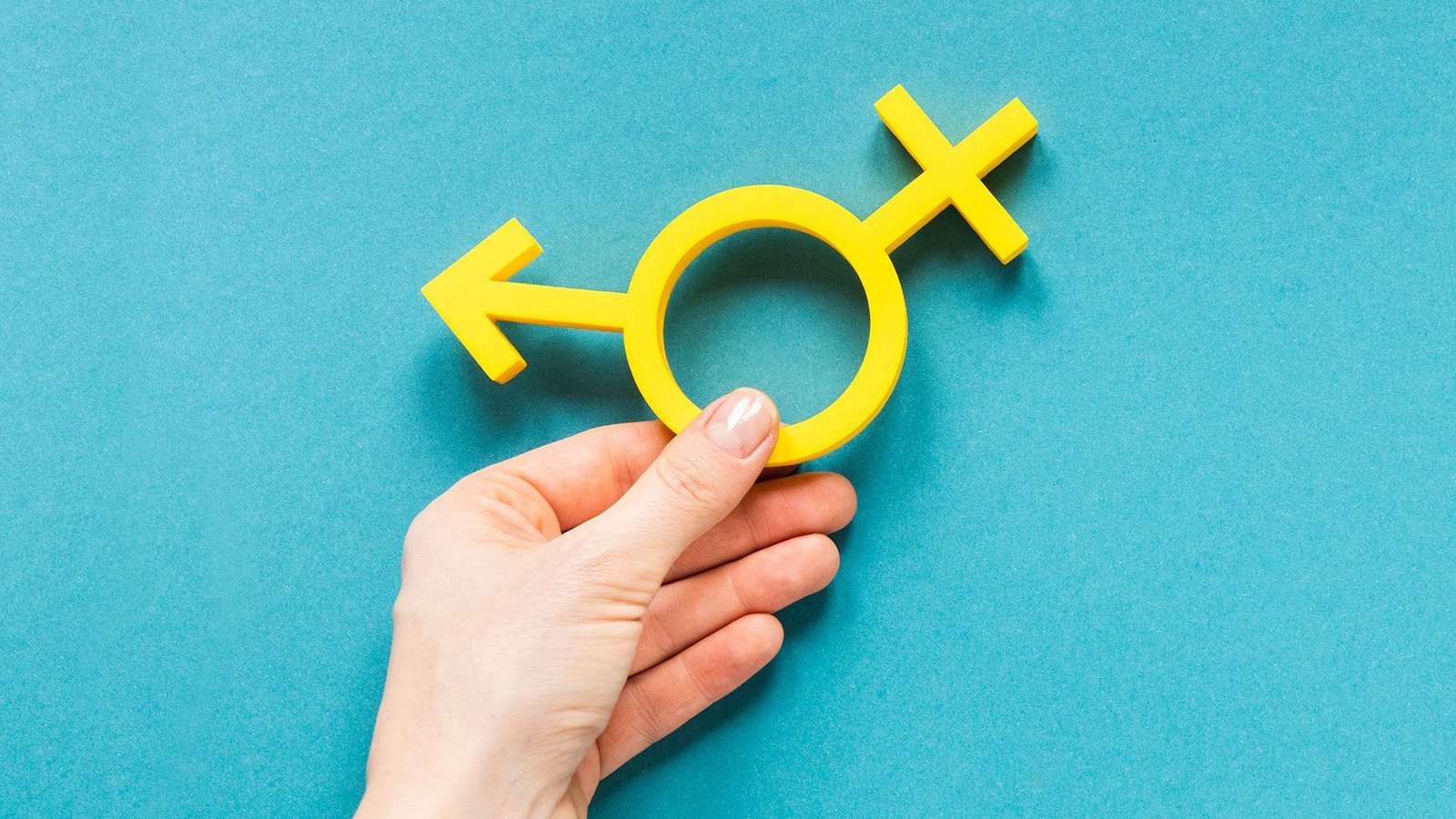Global Perspectives on Gender Equality
Global perspectives on gender equality offer valuable insights into how various cultures and countries address gender issues. Gender equality is a significant topic worldwide, and understanding different approaches helps us appreciate the progress made and the challenges that remain. By examining these perspectives, we can learn from diverse experiences and work towards achieving equality everywhere.

Gender Equality Across Cultures
Global perspectives on gender equality reveal that different cultures have unique approaches to addressing gender issues. In some societies, gender equality has been a long-standing goal, while others are just beginning to make strides. For example:
- Nordic Countries: Countries like Sweden, Norway, and Finland are known for their strong commitment to gender equality. These nations have implemented policies that promote equal pay, parental leave, and representation in politics and business. They often serve as models for other countries aiming to improve gender equality.
- United States: In the U.S., gender equality has seen significant progress, especially in the past few decades. However, challenges such as the gender pay gap and underrepresentation of women in leadership roles still exist. Ongoing efforts focus on closing these gaps and addressing gender biases in various sectors.
- Developing Nations: In many developing countries, gender equality remains a significant challenge due to factors like limited access to education, healthcare, and economic opportunities for women. Initiatives aimed at improving these conditions are crucial for advancing gender equality in these regions.
Challenges to Gender Equality Globally
Global perspectives on gender equality highlight several common challenges faced around the world:
- Cultural Norms: Traditional beliefs and cultural norms often influence gender roles and expectations. In some societies, deep-rooted stereotypes and practices can hinder progress toward gender equality, making it difficult for individuals to break free from traditional roles.
- Economic Disparities: Economic inequality affects gender equality by limiting opportunities for women. In many regions, women have less access to education, financial resources, and employment opportunities, which perpetuates the cycle of inequality.
- Legal and Political Barriers: Legal systems and political structures can either support or obstruct gender equality. In some countries, discriminatory laws and lack of political will prevent the implementation of policies that promote gender equality and protect women’s rights.
Success Stories in Gender Equality
Despite the challenges, global perspectives on gender equality also reveal many success stories where progress has been made:
- Rwanda: Rwanda has made remarkable strides in gender equality by achieving one of the highest rates of female representation in parliament globally. This progress is a result of intentional policies and efforts to promote women’s participation in politics and governance.
- Iceland: Iceland is known for its strong gender equality measures, including equal pay legislation and comprehensive parental leave policies. These initiatives have contributed to high levels of gender equality in various aspects of society.
- India: In India, gender equality efforts have led to significant advancements in areas such as education and healthcare for women. Programs aimed at increasing girls’ school enrollment and improving maternal health are examples of progress in the country.
Strategies for Promoting Gender Equality
To advance gender equality globally, several strategies can be effective:
- Education and Awareness: Increasing awareness about gender issues and providing education on gender equality can challenge stereotypes and promote understanding. Educational programs and campaigns can help change attitudes and support gender equality efforts.
- Policy Implementation: Governments and organizations should implement policies that promote gender equality. This includes laws and regulations that ensure equal pay, access to education, and protection from discrimination.
- Supportive Environments: Creating supportive environments in workplaces, schools, and communities helps foster gender equality. This includes providing equal opportunities for all genders and addressing biases and discrimination.
- Global Collaboration: International collaboration and sharing of best practices can enhance efforts to achieve gender equality. By learning from successful models in different countries, nations can adopt effective strategies and approaches.
- Empowerment Initiatives: Empowering women and marginalized groups through skills training, economic opportunities, and leadership development helps reduce disparities and promotes gender equality.
The Future of Gender Equality
Looking ahead, global perspectives on gender equality suggest that continued efforts are necessary to address remaining challenges and build on successes. The future of gender equality depends on persistent advocacy, effective policies, and collective action.
By embracing diverse perspectives and learning from global experiences, we can work towards a world where gender equality is realized everywhere. Each step taken towards understanding and addressing gender issues contributes to creating a more just and equitable society for all individuals.
Conclusion
In summary, global perspectives on gender equality show that while progress has been made, challenges remain in achieving true equality. By examining different cultural approaches, recognizing common challenges, and implementing effective strategies, we can advance gender equality on a global scale.
Understanding and addressing gender issues through diverse perspectives helps us build a more inclusive and fair world. With continued effort and collaboration, we can work towards a future where gender equality is a reality for everyone.



